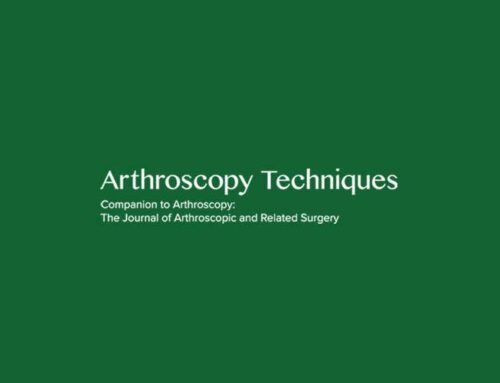BACKGROUND:
Intraarticular injections are both diagnostic and therapeutic for patients with osteoarthritis. A potential risk of periprosthetic joint infection (PJI) after total hip arthroplasty (THA) may occur from direct inoculation and/or immune suppression by corticosteroids. Large population-level databases were used to evaluate hip injection on the 1-year rate of PJI in patients undergoing primary THA.
METHODS:
State-level ambulatory surgery and inpatient databases for Florida and California (2005-2012) were used to identify primary THA patients with 1-year preoperative and postoperative windows to evaluate possible injections or PJI, respectively. Patients were grouped as no injection or as THA performed 6-12 months, 3-6 months, or 0-3 months after injection. Risk adjustment was performed with multivariable regression.
RESULTS:
A total of 173,958 patients were included; 5421 (3.1%) underwent THA after an injection: 1395 (1.1%) of patients after 6-12 months, 1863 patients after 3-6 months, and 2163 (1.2%) after 0-3 months. In the 0-3 month group, PJI was significantly increased at 3 months (1.58%, P = .015), 6 months (1.76%, P = .022), and 1 year (2.04%, P = .031) compared with the noninjection control group (1.04%, 1.21%, and 1.47%, respectively). There were no differences in the 3- to 6-month and 6- to 12-month injection groups.
CONCLUSION:
There is an increased risk of PJI when THA is performed within 3 months of hip injection. We recommend that patients and their surgeons consider delaying elective THA until 3 months after an injection to avoid this elevated risk of infection.



